There is a dark side to Bucky Badger. He wants to keep his college athletes under his big paw.
A few weeks ago a federal judge approved a settlement in a lawsuit called House v. NCAA. The suit was brought by college athletes in an effort to get some portion of the billions in revenue that their sports produce for everyone else.
It was a victory of sorts. But there is still a long way to go in the fight for fairness for the players. And our own UW has been, and continues to be, on the wrong side of all of these fights.
To understand where we’re at now, let’s start from the beginning.
The players have been fighting on three fronts.
First, they argued that they were not so much “student-athletes” as employees of their universities and so they were entitled to pay and other benefits. They also argued that they had a right to try to unionize as any other employees might.
Second, they argued that their universities had unfairly benefited from use of their name, image and likeness. For example, universities sold jerseys with their names and numbers on them and none of the proceeds went to the player whose name was on the shirt.
Third, they claimed that rules restricting transfers between schools made them all but indentured servants. In fact, Joe Nocera, a long-time columnist for the New York Times. co-wrote an entire book about this called, appropriately enough, Indentured.
After years of litigation and proposed legislation, the players have made progress on two of those fronts. They won the right to benefit from their own name, image and likeness and they became free to transfer between schools subject to only a few restrictions.
But it’s that first point — the fundamental question of being an employee — that is still being fought over. This is why you see universities, coaches and athletic department spokespeople hammer away at the term “student-athlete.” They use it, sometimes more than once in the very same sentence, to make the point that the players are something other than employees.
But, in fact, they are employees. They often put in the equivalent of 40-hour work weeks. They work in industries that produce millions of dollars in revenue. Nobody would deny that their coaches and front office types are employees. So, why are the workers who produce the products that pay all of those other people the only ones who are not employees?
It’s obvious to anyone who looks at this objectively that the players are employed by their universities. And yet, the otherwise historic House settlement stops short of acknowledging that reality. And that’s the reason that the UW athletic department has been so generous in its embrace of the deal.
Under the settlement, universities can pay all of their players in all sports collectively up to about $20.5 million per year. The settlement was supposed to go into effect on July 1, but an appeal has been filed by female athletes claiming that they won’t be fairly compensated under a portion of the agreement that would pay a total of $2.8 billion in damages to athletes who played going back to 2016.
Most of the attention has gone to that issue of how the spoils will be divided, but I think that obscures a far more fundamental point. And that point is that all that money can only be paid out as part of NIL agreements. So, these payments really amount to just a university-supported supplement to the NIL contracts that had been funded by private companies and individuals to this point. The schools still don’t have to do what they clearly should: pay the players to play the game.
And because of that, more Byzantine rules are being created to govern those payments. These rules, to be enforced by a new College Sports Commission, are essentially intended to maintain the “student-athlete” myth. The CSC will scrutinize any NIL agreement worth more than $600 — which is to say pretty much all of them. They’re supposed to try to determine if the payments represent “market value” for the services involved. In other words, if you pay a player $100,000 to appear in an ad for your car dealership, the regulators are supposed to somehow figure out if the player’s endorsement was really worth $100,000. If you think you can figure out how to do that, well, good luck with that.
But what this is really designed to do is prevent schools and their booster partners from paying an athlete a million dollars to play football. Now, of course, they are paying the player to play the game. That’s exactly what’s happening. But instead they need to pretend that they’re really just paying him to endorse Ford F-150s or the local credit union.
It’s ridiculous and it’s dishonest. But it’s happening because universities and their athletic departments are desperate not to lose the final fight — in their view, players must never be defined as employees. And if you were to pay them directly for playing the game, they would definitely be employees. Hence the NIL revenue sharing scam.
From the point of view of athletic directors, if players were employees that would open the door to all manner of horrors. As employees, players in all sports would have to be paid and they would be subject to protections with regard to hours worked and other conditions of employment. The university might be required to pay for, not just the initial treatment, but for the long-term impacts of injuries sustained on the job — and for football players subject to repeated head injuries this is no small matter.
And of course, the worst horror of all, players would have a clear right to form unions — though in Wisconsin they’d be subject to the restrictions of Act 10 — at least until the state Supreme Court might overturn it.
Our own UW has been among the most resistant to change on all of these questions. Bascom Hall under multiple chancellors and the athletic department under Barry Alvarez and now Chris McIntosh have fought every one of these things. They were opposed to NIL until it became inevitable and now they support the regulations described above.
Most tellingly, the UW says it acknowledges the reality of free transfers, but they’re now suing the University of Miami for “poaching” a star football player named Xavier Lucas.
Last year Lucas signed an agreement providing him with some significant NIL compensation. Nobody will say how much. But shortly thereafter he changed his mind and ended up at Miami. This puts the UW in an awkward position because they can’t claim that Lucas signed a contract to play football, which of course is what he really did, so they have to pretend that he signed a contract to get a bunch of NIL money for…some reason.
Their case is made even more challenging because the UW probably got Lucas to sign a standard document developed by the Big Ten. We can’t be sure because the athletic department keeps a tight grip on any information regarding the business side of the operation. Data as simple as the compensation packages for coaches needs to be pried from them under open records requests. But if they did use the Big Ten template it’s a bizarre, even laughable document. Here’s how ESPN’s Dan Murphy describes it:
The Big Ten's template states that the athlete is not being paid in exchange for his or her "commitment to attend the Institution or participate in the Institution's Program." But a footnote to the 10-page document states that, in order to receive their money, players must remain enrolled at the institution and be listed on the team's active roster.
In bold letters, the contract states the arrangement is not "pay for play," but it also states that the school may reduce or increase an athlete's payment depending on the athlete's playing time or performance.
Legal experts Murphy interviewed say that this language clearly makes the player an employee of the university, no matter how hard the Big Ten’s lawyers tried to construct it to mean the opposite. If it looks and sounds like a duck you can’t get away with declaring it not to be a duck.
And while the Big Ten’s language goes out of its way to say that the player isn’t being paid for playing, Sportico reports that it also says that the school reserves the right to “increase or decrease” payments in reflection of their performance. The Big Ten’s template mentions two illustrations: the player wins a Heisman Trophy or sees their playing time reduced. In other words the athlete isn’t being paid to play, but they can earn more or less based on how they play. Is this making any sense to you?
None of this is a surprise because the UW has been a leader in fighting tooth and nail to prevent athletes from being recognized as employees and forming a union. McIntosh has even testified before Congress in favor of an antitrust exemption for big time college sports.
But McIntosh may be stumbling his way toward fairness for his players. By pressing the case against Lucas he could lose the war by winning the battle. A court may well decide that the agreement with Lucas is a valid, enforceable contract but that it also makes Lucas an employee of the university.
Look folks, fans are justifiably frustrated — by the open transfers especially. Just when they get to know a player, he leaves for greener pastures. But the answer to that is right in front of us. Professional sports — especially the NFL — have long had this figured out. Players are clearly employees of their teams. They belong to a union. The union works out labor agreements with the owners, governing minimum compensation and other rules of employment. And teams are subject to salary caps — agreed to by the unions — intended to keep all 32 teams, in the case of the NFL, competitive. It all works spectacularly well. The league prints money and the players get at least something approaching their fair share.
That’s where big time college sports clearly needs to go. Rather than fighting steps that would lead to a players union, the UW should be doing everything it can to facilitate it. Because a union is an essential ingredient to the stability that coaches and fans want.
But what’s standing in the way is this stubborn notion of the “student-athlete.” At best it’s a myth and at worst it’s a lie intended to keep more revenues in the hands of coaches and administrators and less in the hands of the players.
And the University of Wisconsin is leading the charge in the wrong direction. It’s a direction that is anything but forward. Bad Bucky.
Dave Cieslewicz is a Madison- and Upper Peninsula-based writer who served as mayor of Madison from 2003 to 2011. You can read more of his work at Yellow Stripes & Dead Armadillos.


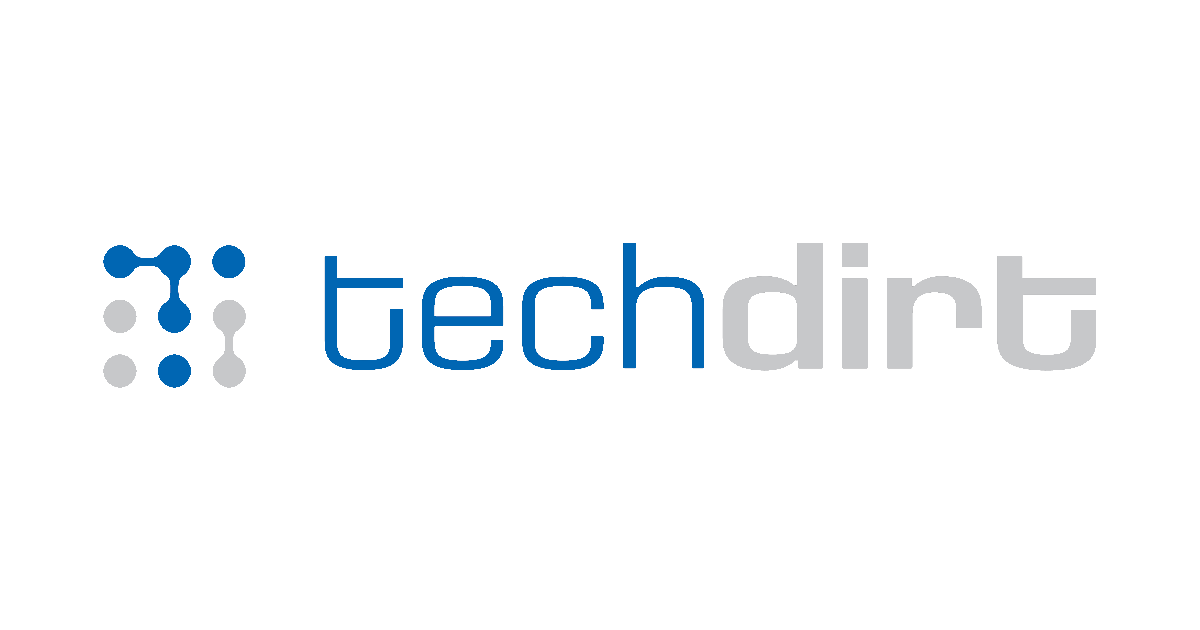





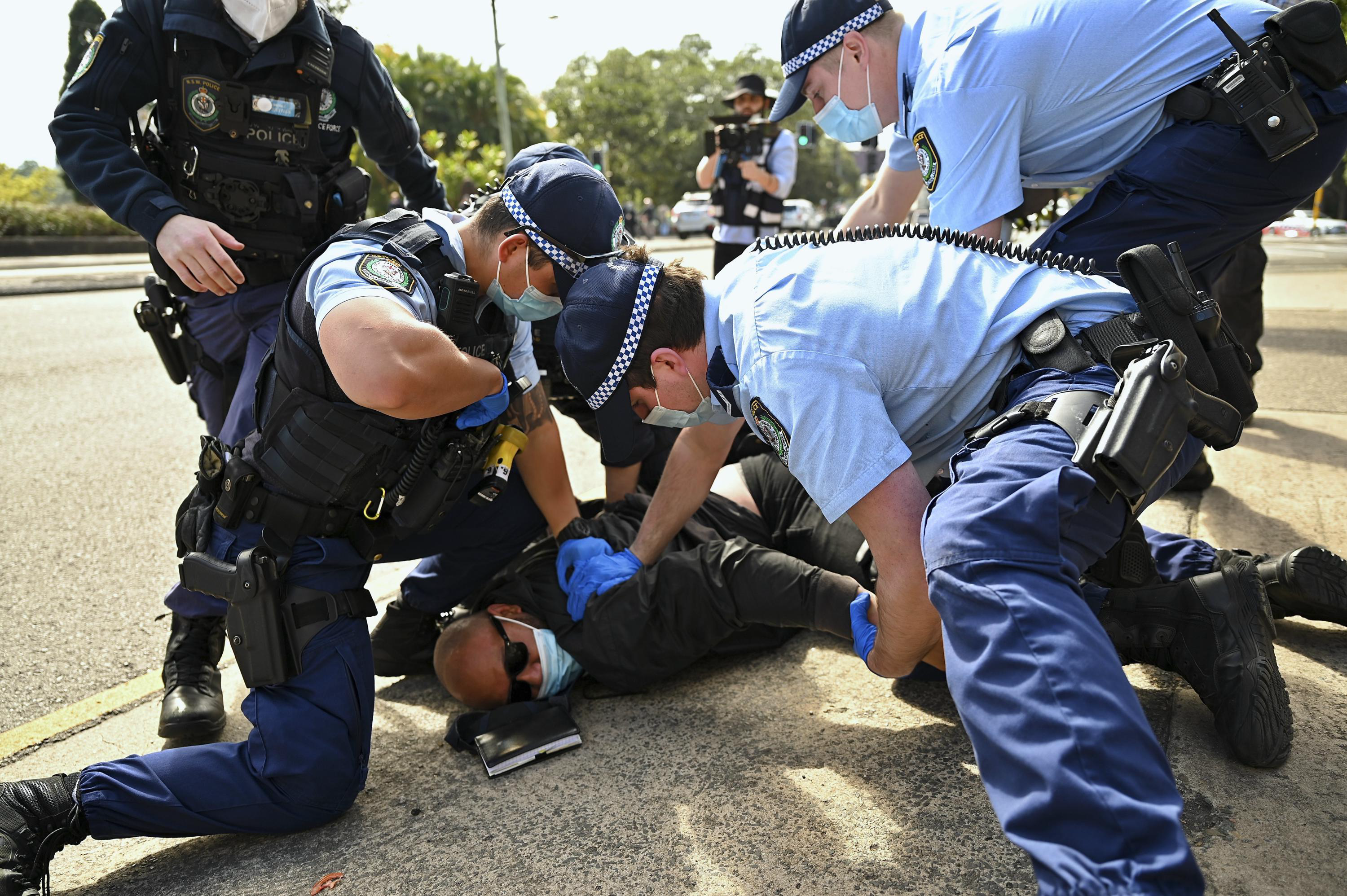
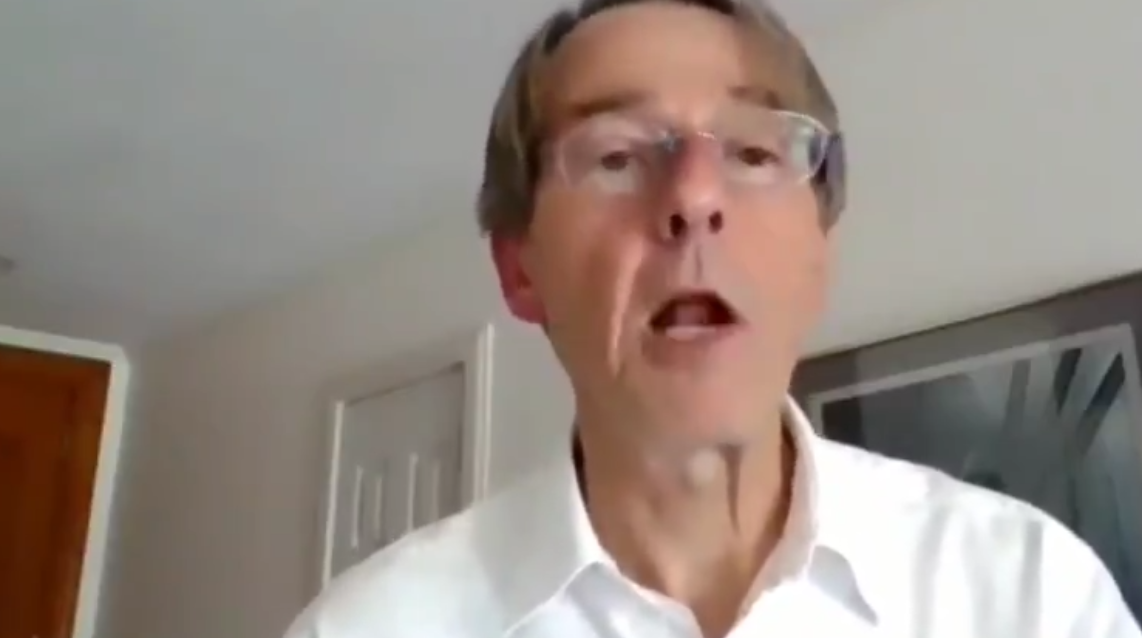
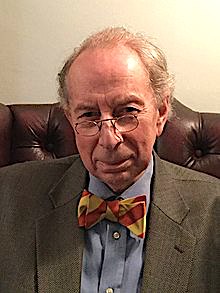
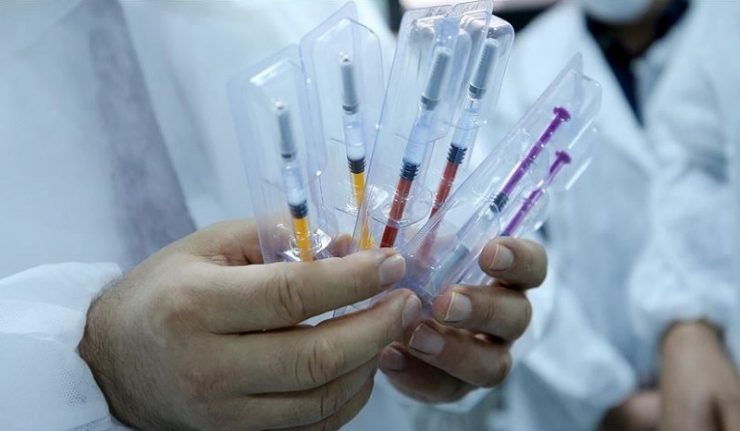
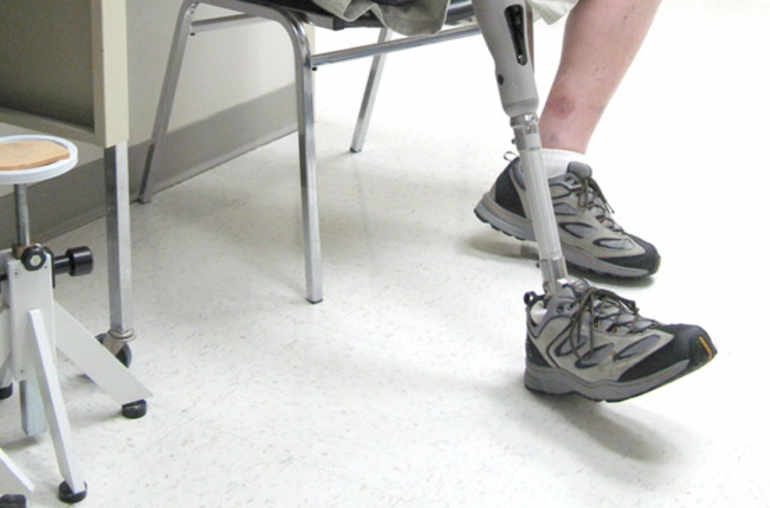

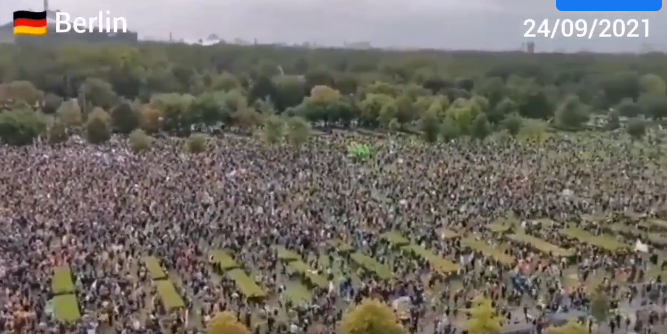
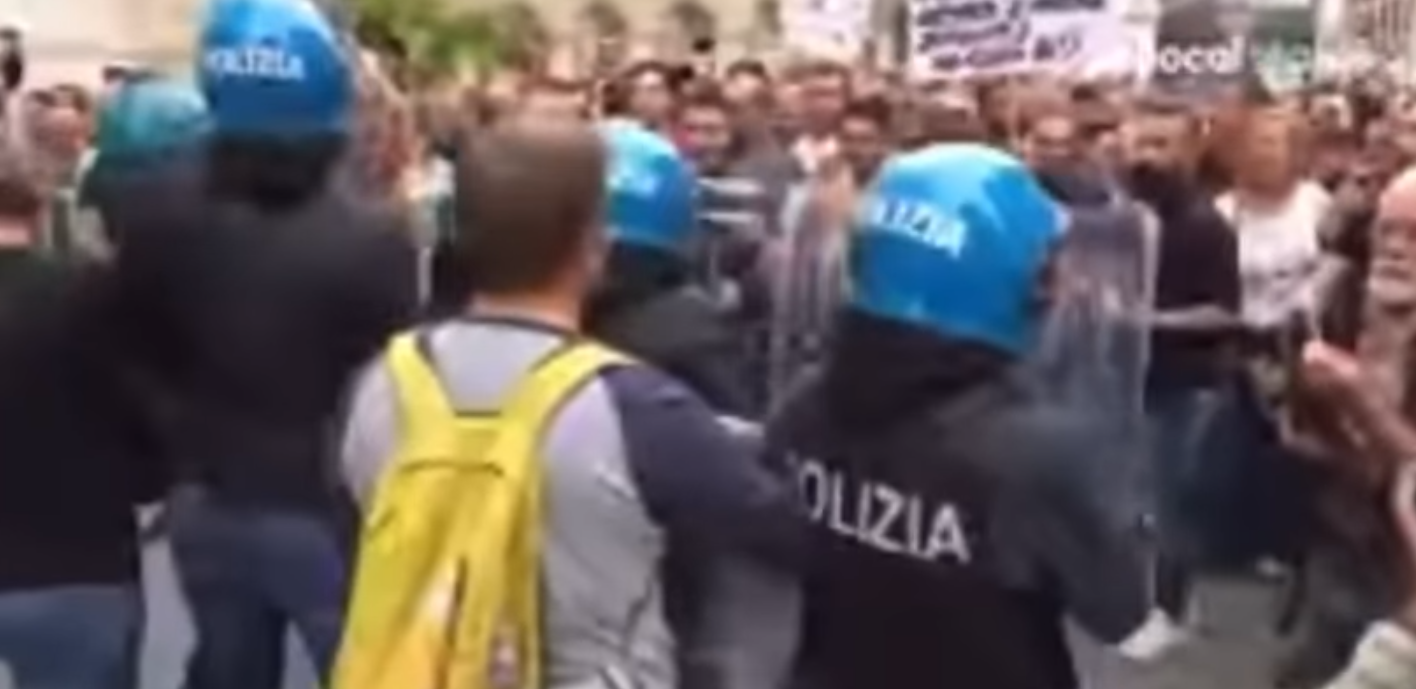
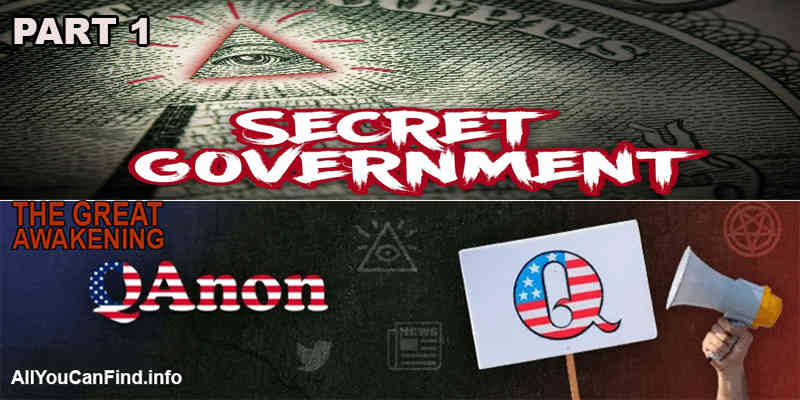
.jpg)
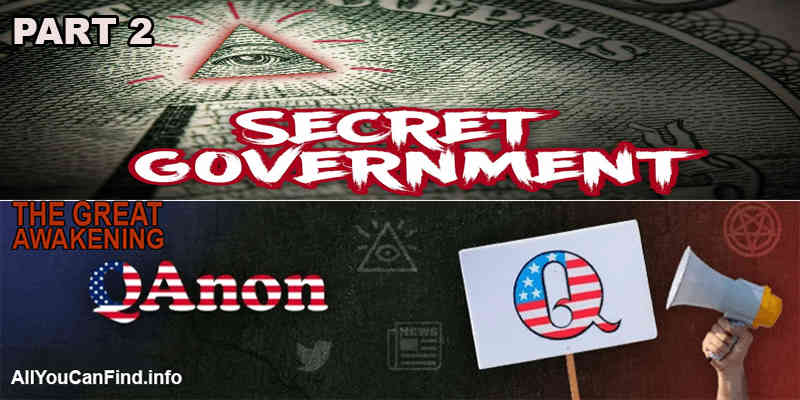
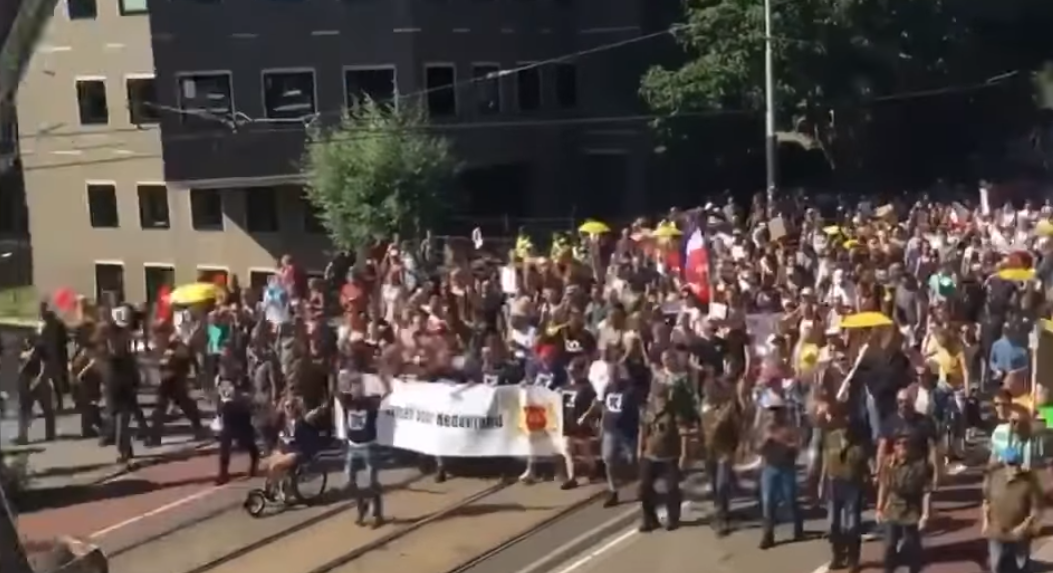
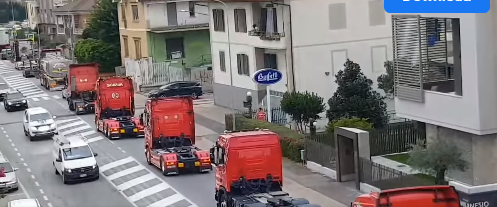
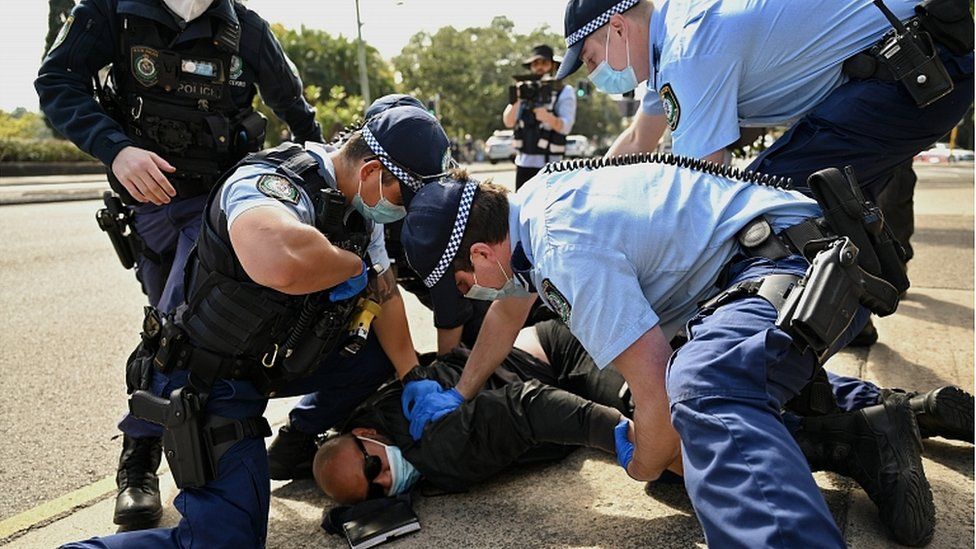


 English (US) ·
English (US) ·  French (CA) ·
French (CA) ·